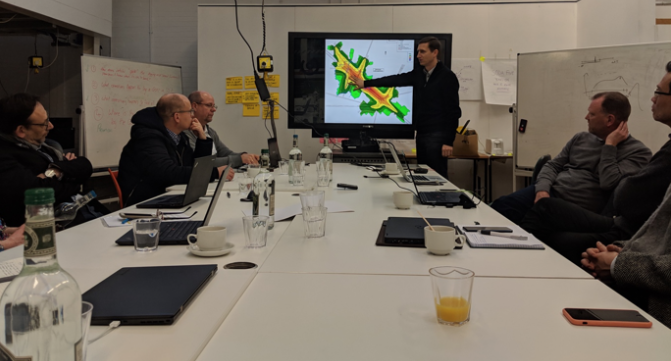ANIMA project highlights the role of communication in managing aviation noise impact
Roundtables and working groups are essential steps in the process of building consensus
February 13, 2019
In February 2019, Manchester Metropolitan University hosted three days of meetings, focus groups and workshops related to the quality of life research carried out under ANIMA project.
Measuring the effectiveness of a communication campaign in lowering annoyance – Focus Group Trials
While addressing annoyance with the purpose of improving the quality of life of the communities surrounding airports, the ANIMA partners highlighted the role that communication has in this process. For this purpose, ANIMA researchers convened in Manchester on Monday, 4th February, to facilitate a focus group to help measure the effectiveness of a communication campaign in lowering annoyance. This was a trial focus group to help validate whether the ANIMA researchers were asking the right questions, and doing so in the right way, before more focus groups would take place at case study airport locations, such as London Heathrow Airport, Vienna Airport, etc. The aim of the focus groups is to help understand what sort of information is valuable to airport residents, what issues are important to their quality of life, and how airports should be communicating with them.
Pilot study on novel land-use planning approaches – Validation Workshop
Some of the ANIMA partners together with external industry stakeholders (airport noise managers, community members and an airport consultative committee member), met at Manchester Metropolitan University, for a round table discussion regarding ANIMA’s pilot study on novel land-use planning approaches. The aim of the workshop was to determine the final approach for pilot studies and specifically the use of the ANIMA Application – ‘AnimApp’. After introducing ANIMA, its purpose, and features, a lively roundtable discussion took place to help refine the final development of the application and how it may best be deployed to the public.

